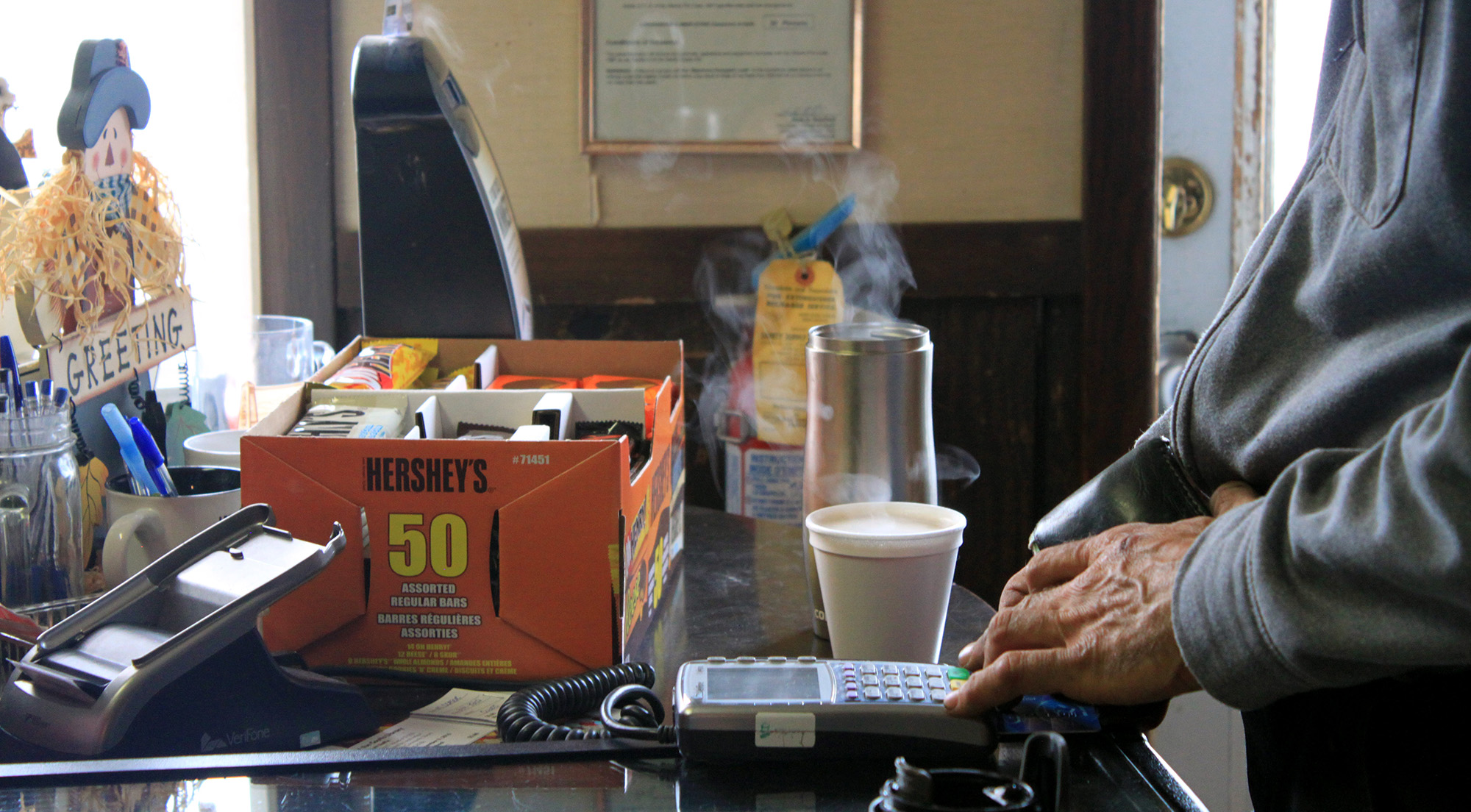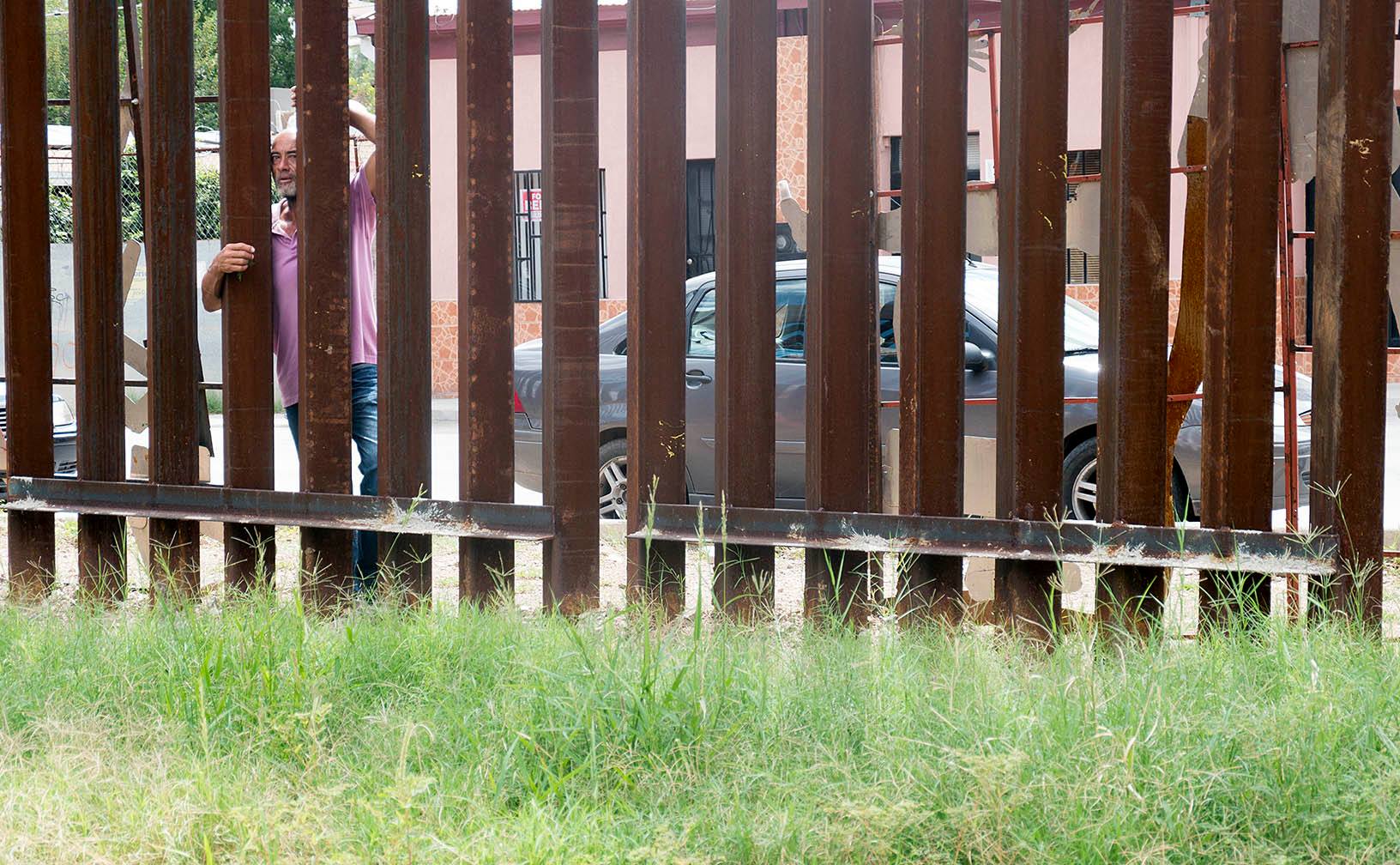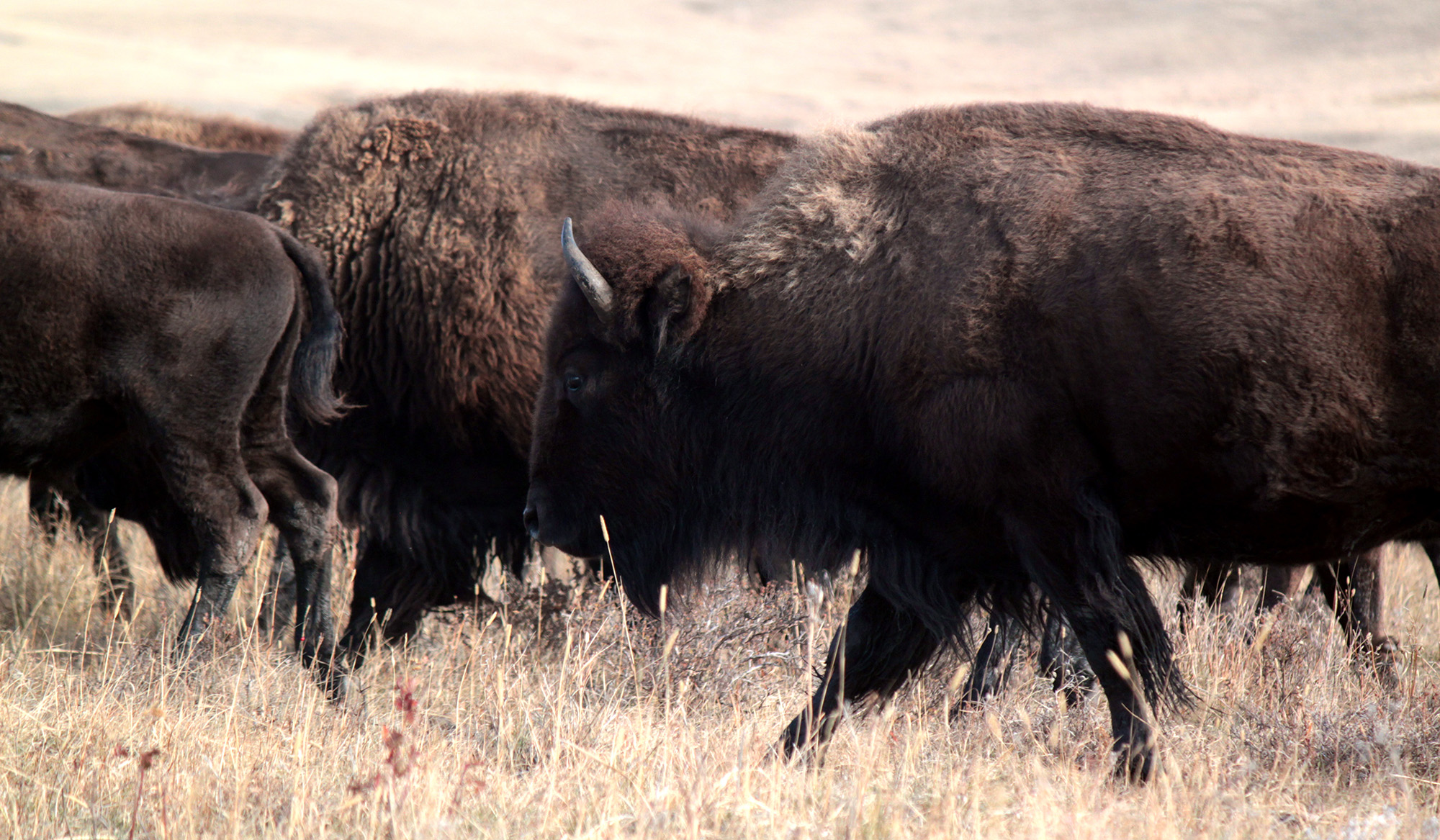Bordering 110°
The US-Mexico border will play a key role in local, national and international geopolitics in 2017, just as it did during the 2016 presidential campaign. Yet, the US-Canada border, which is more than twice the length of the southern border is often left out of the political and media landscapes. Reported and produced by University of Arizona journalism students, this project explores and investigates the relationship between two key points along the country’s southern and northern borders.
Bordering 110 degrees focuses on the people who live along the longitudinal line known as the 110th meridian – that runs through Ambos Nogales (Nogales, Ariz. /Nogales, Sonora), crosses north through the United States, and 1534 miles away continues through the community of Sweet Grass, Mont., and into Coutts, Alberta, Canada. The communities of Ambos Nogales and Sweet Grass/Coutts represent two U.S. points that make up the region included in the North American Free Trade Agreement (NAFTA), which was highly criticized by both Democrat Bernie Sanders and Republican Donald Trump during the 2016 presidential campaign. Reports include drone footage, 360° video, audio, and in-depth reporting in an effort to tell the stories of the people who live, work and play along the 110th meridian during this time of political transition.

Economics and Ideologies
Strong economic ties connect peoples along the U.S. northern and southern borders. Those living on the border experience both economic opportunities and challenges. They have also seen an increase in militarization - that started long before President Donald Trump began calling for a “beautiful wall” along the southern border.
Living on the periphery
Whether selling goods on the street in Nogales, Sonora, or trying to make ends meet on the Canadian/Alberta border, life on periphery can be tough. Yet, a sense of community, and connection to the land often brings together people living on both sides of the U.S. northern and southern border.
Land & Identity
Bordering 110°
The US-Mexico border will play a key role in local, national and international geopolitics in 2017, just as it did during the 2016 presidential campaign. Yet, the US-Canada border, which is more than twice the length of the southern border is often left out of the political and media landscapes. Reported and produced by University of Arizona journalism students, this project explores and investigates the relationship between two key points along the country’s southern and northern borders.
Bordering 110 degrees focuses on the people who live along the longitudinal line known as the 110th meridian – that runs through Ambos Nogales (Nogales, AZ/Nogales, Sonora), crosses north through the United States, and 1534 miles away continues through the community of Sweetgrass, Montana, and into Coutts, Alberta, Canada. The communities of Ambos Nogales and Sweetgrass/Coutts represent two U.S. points that make up the region included in the North American Free Trade Agreement (NAFTA), which was highly criticized by both Democrat Bernie Sanders and Republican Donald Trump. Reports include drone footage, 360° video, audio, and in-depth reporting in an effort to tell the stories of the people who live, work and play along the 110th meridian during this time of political transition.

Economics & Ideologies

Strong economic ties connect peoples along the U.S. northern and southern borders. Those living on the border experience both economic opportunities and challenges. They have also seen an increase in militarization – that started long before Donald Trump began calling for a “beautiful wall” along the southern border.
Living on the Periphery

Whether selling goods on the street in Nogales, Sonora, or trying to make ends meet on the Canadian/Alberta border, life on periphery can be tough. Yet, a sense of community, and connection to the land often brings together people living on both sides of the U.S. northern and southern border.
Land & Identity

Land means much more than property along the 110th meridian. Geography has helped to shape history and identity, and will continue to play a critical role in the future of the borderlands.